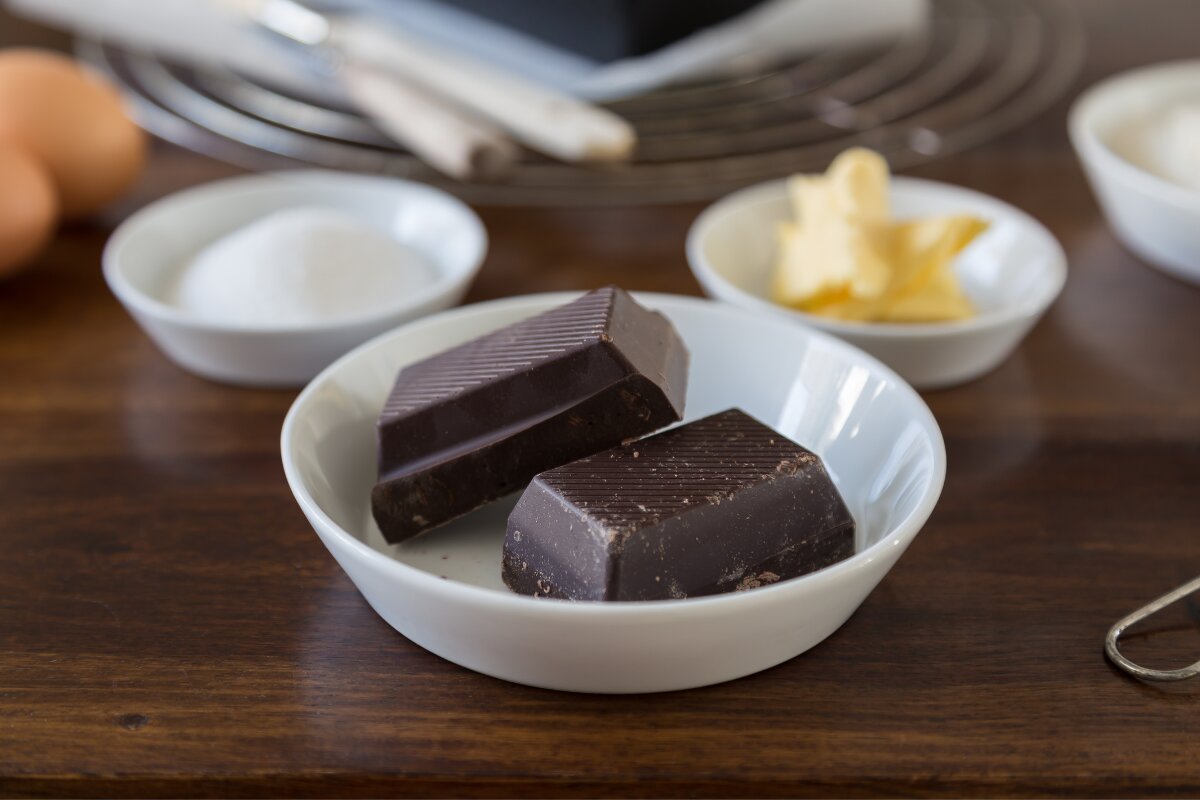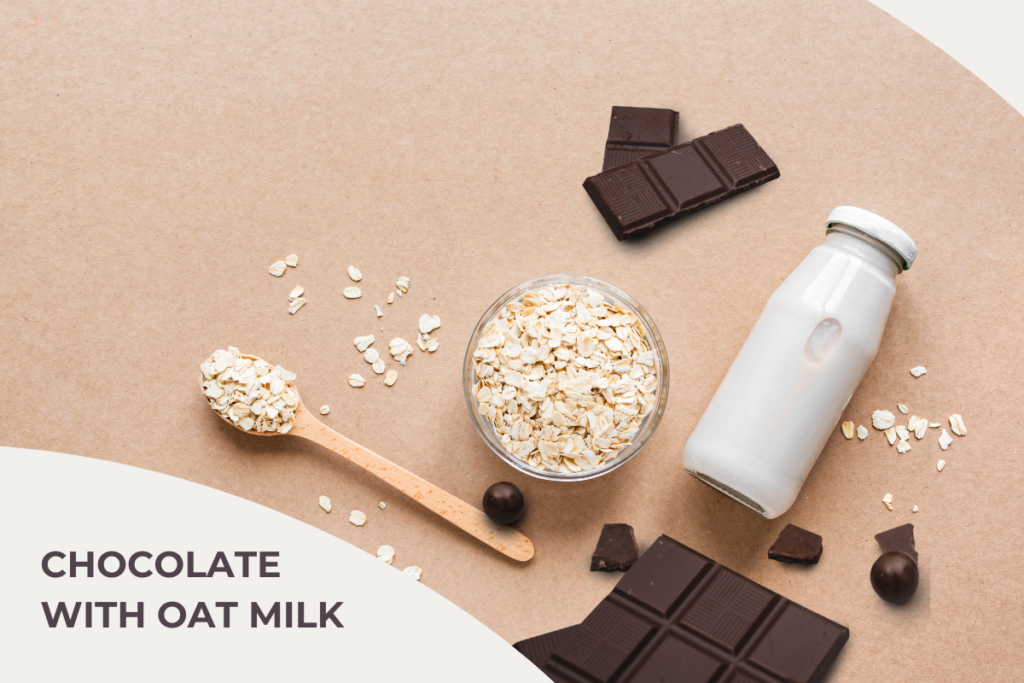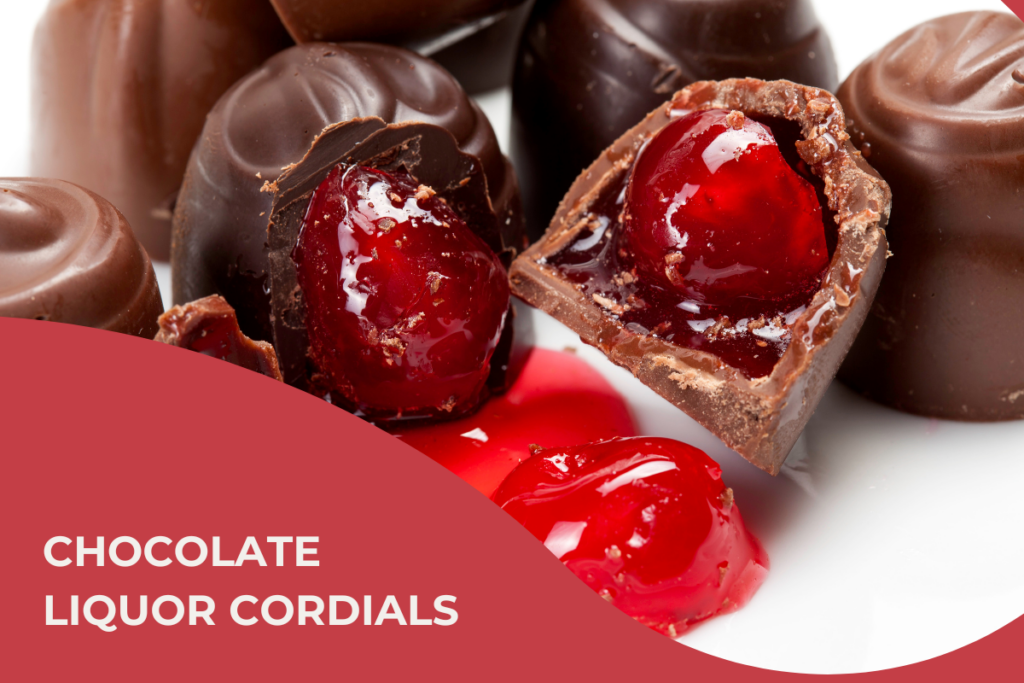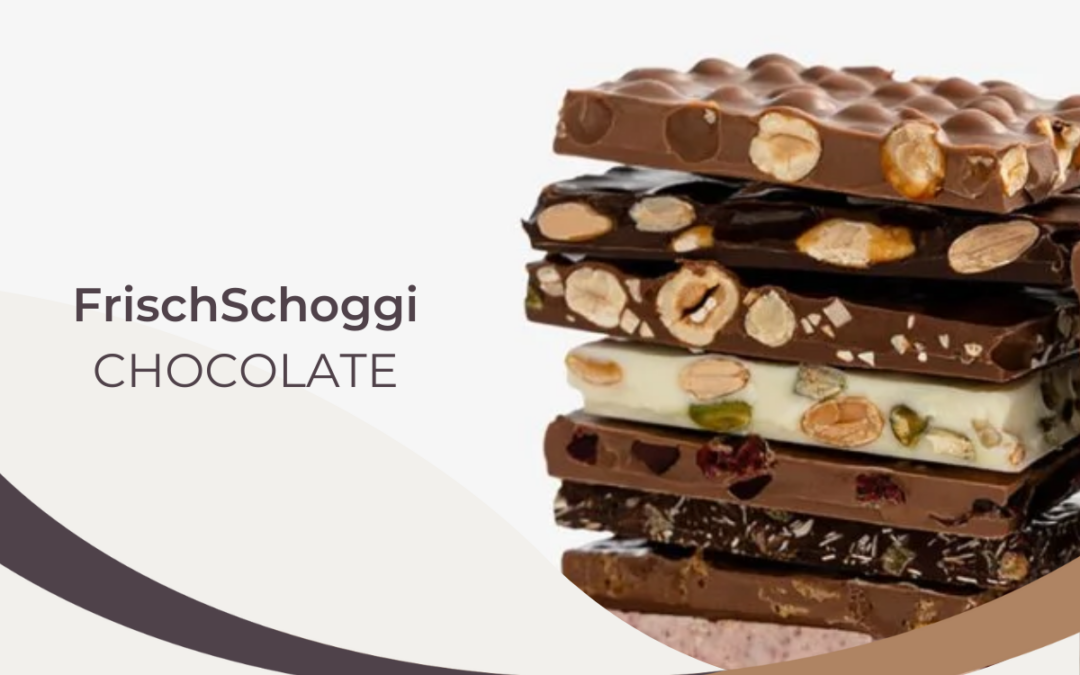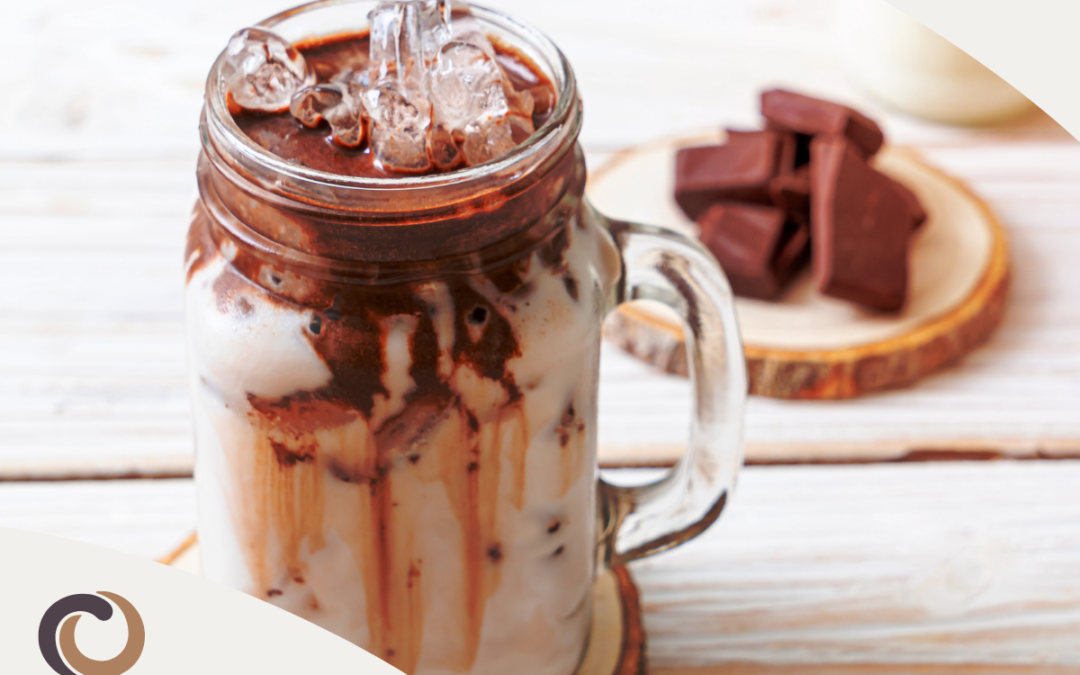What is the difference between baking chocolate and regular chocolate? Baking chocolate and eating chocolate are not the same thing. Baking chocolate is different from regular chocolate in multiple ways, so it’s important to choose the right chocolate for your recipe. We’ll explain the differences between the two and help you choose the best one for your next culinary adventure.
What is baking chocolate?
The main difference between eating chocolate and baking chocolate is the amount of sugar it contains. Chocolate that contains a higher percentage of sugar burns more easily than chocolate with less sugar. Caramelization can occur when you heat it to high temperatures, which can burn the chocolate.
Baking chocolate has a very high cocoa content and little or no sugar, so it has a bold, strong chocolate flavor that holds its own against other ingredients. Because baking chocolate has a low sugar content, it allows you to control the final sweetness of your baked goods.
You’ll also notice that your baking chocolate might not look as shiny as your chocolate bars. That’s because baking chocolate often isn’t tempered. If you plan to cook or bake with the chocolate, there is no benefit to starting with tempered chocolate, so the processing step is usually skipped (all chocolate will lose its temper when heated and melted).
Baking chocolate comes in blocks or chips, often subdivided into sweet, semi-sweet, bittersweet, or unsweetened. It’s high in cocoa solids and low in sugar, making it ideal for baking and cooking.
What is regular eating chocolate?
Regular eating chocolate is made using ground cocoa nibs, cocoa butter, (milk solids, if it’s milk chocolate) sugar, and often includes an emulsifier. It may also contain fruit, nuts, or other added flavoring ingredients, such as vanilla. Cocoa beans or cocoa mass gives the chocolate its dark color and flavor, and cocoa butter gives it a smooth texture; in solid form, it melts at just above room temperature. To sweeten the mixture, sugar is added to balance the bitterness of cacao beans. The creamy flavor and texture of milk chocolate is achieved with the addition of milk solids. Many commercial chocolates add an emulsifier like soy lecithin that helps reduce the viscosity of the melted chocolate during processing.
Regular chocolate has a higher sugar and fat content, which means it is sweeter—great for coatings or puddings—and melts more easily. That makes it the ideal chocolate for s’mores or melty chocolate chips in cookies or muffins.
Eating chocolate comes in many forms, including bars, chunks, chips, and all sorts of forms. Subdivided into dark, milk, white, ruby, and blonde chocolate.
In summary, store-bought eating chocolate tends to have more sugar, which can change the way your homemade goodies turn out. So for cooking or baking, use “baking chocolate”; if you’re craving a sweet snack, go straight for regular chocolate.
How to use baking chocolate?
Baking chocolate can be easily melted and incorporated into almost any recipe. Whether you fold it into cakes or whip it into buttercream, baking chocolate is a great way to add some chocolate flavor to your baked goods.
The most common and popular baking chocolate comes in the form of dark chocolate. But as more bakers and cooks are searching for a sweeter way to add chocolate into their baking and cooking, milk and white “baking” chocolates (with high cocoa content and a lower amount of sugar) have begun to become more popular.
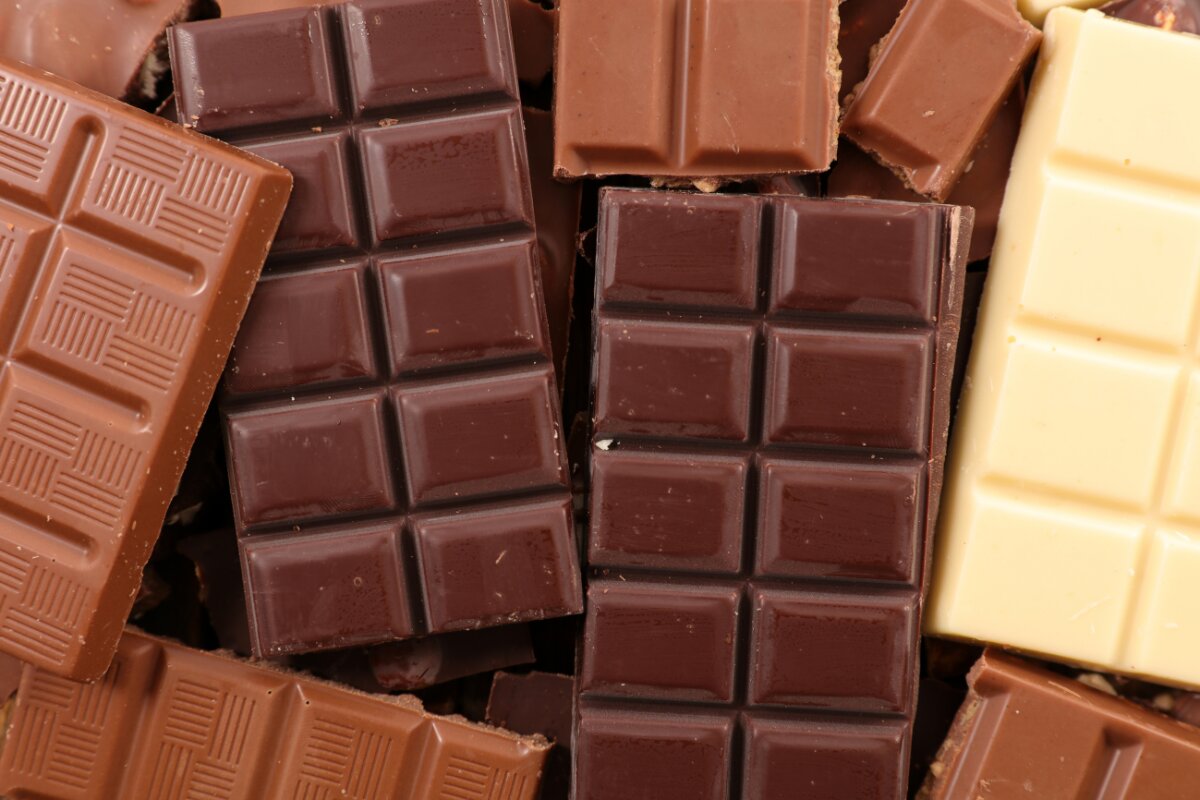
Can I bake or cook with regular chocolate?
Yes, chocolate can be used as a substitute for baking chocolate in many recipes. However, since bar chocolate usually contains quite a bit of sugar, you may want to cut down on the amount of sugar in your recipe. But if you don’t have any baking chocolate on hand, we recommend using dark chocolate in recipes that call for baking chocolate. Dark chocolate contains less sugar, which prevents it from burning when melted, and also ensures that you won’t end up with an overly sweet flavor in your creations.
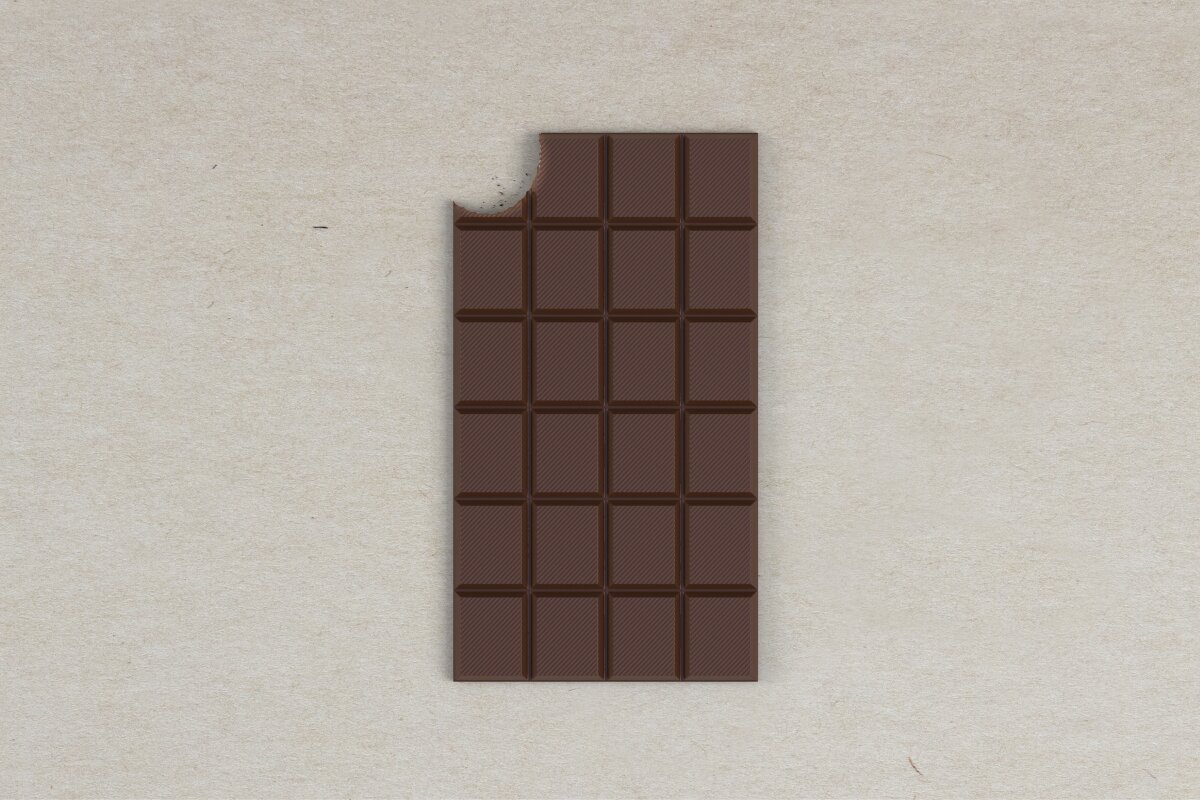
So there you have it – the difference between regular and baking chocolate. Here’s the bottom line: it’s probably best to use baking chocolate for baking and regular chocolate for eating out of hand. However, if you find yourself craving chocolate but only have baking chocolate, it’s okay to eat it as a snack. Conversely, if you plan to bake and only have regular chocolate on hand then go ahead and make your recipe. You might have to adjust the sugar and watch it more carefully to prevent burning.
If you have any questions or comments, we would love to hear from you! We are @cocoterra_co on Instagram and Pinterest and @cocoterraco on Twitter and Facebook. Don’t forget to tag us when you show off your creations.

